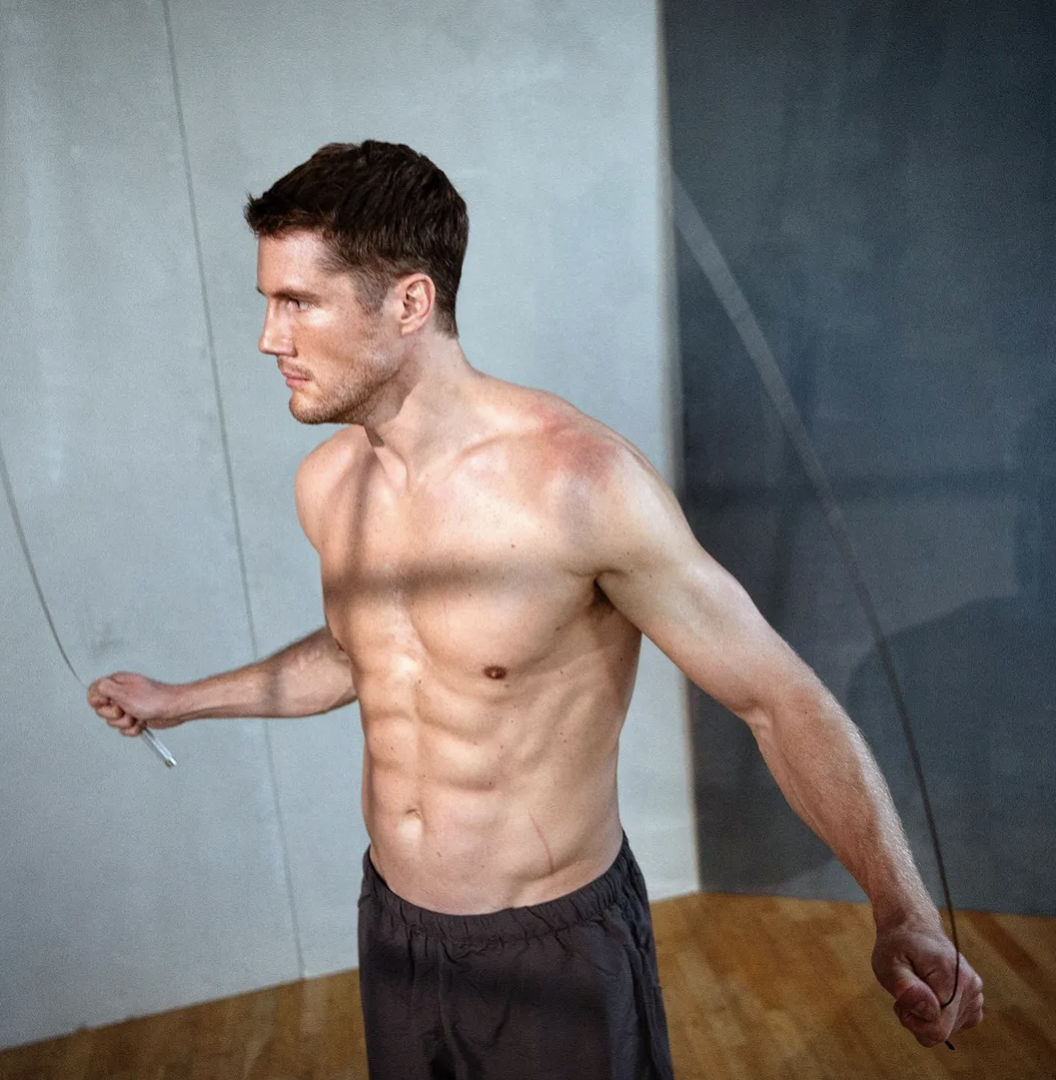Words By Christophe Champs, founder of PODO Clinic and Workshop

Prevention is always a sensible strategy. We treat the wood of a garden shed or summer house to avoid rain damage, and we service a car to keep it in good running order, but what do we do to prevent (or at least minimise) damage to our bodies? We rely on our body throughout our entire lives, there are relatively few bits of it we can replace (we certainly can’t just get a new one), and our independence and freedom depend on our body’s overall condition. If your car benefits from a regular MOT, surely your body would too.
So, what do you need to look at to make sure your body is able to work well and avoid injury?
Where to go
 A good place to start is with an expert in biomechanics as they can take an overall look at your structure, your posture, and your movement. From there, they can recommend what sort of treatment plan you will need and/or what other type of expert may be best for your personal circumstances. For example, you may need orthotics and then an exercise plan with a trainer, or regular physiotherapy or IDD (Intervertebral Differential Dynamics) Therapy, or perhaps Pilates or yoga might be best for you, or cranial osteopathy. There are lots of options and by getting your body assessed you can then focus your treatment with the correct professional.
A good place to start is with an expert in biomechanics as they can take an overall look at your structure, your posture, and your movement. From there, they can recommend what sort of treatment plan you will need and/or what other type of expert may be best for your personal circumstances. For example, you may need orthotics and then an exercise plan with a trainer, or regular physiotherapy or IDD (Intervertebral Differential Dynamics) Therapy, or perhaps Pilates or yoga might be best for you, or cranial osteopathy. There are lots of options and by getting your body assessed you can then focus your treatment with the correct professional.
What to expect
A body MOT should focus on your main concern(s) with an expert to understand your physiopathology or how you went from a healthy state to a pathologic one. Once a problem is understood, it is on its way to being sorted. You will also benefit from having a professional identifying any bad habits and they can also dispel any myths you may have been told. Finally, you must have a proper treatment plan established, with progress points to track, and a person to talk to when you have any questions or are feeling demotivated.
Why have a Body MOT?
 Rather than opting for self-medication when experiencing any symptom, a body MOT will help you adopt a clinical and logical approach, guided by a medical practitioner with a better expertise and experience than the world-wide-web.
Rather than opting for self-medication when experiencing any symptom, a body MOT will help you adopt a clinical and logical approach, guided by a medical practitioner with a better expertise and experience than the world-wide-web.
Every clinic has its own philosophy and therapeutic arsenal. At PODO for example, we work from—and on—the feet (the body anchor and a quarter of the skeleton) up to the neck. Looking at the entire body while referring you to other techniques and therapies when needed. Communication with patients and referrers is ongoing to make sure the patient understands how their body can work better and is able to take steps to get there.
Everyone can benefit from a body MOT because preventive measures, compared to curative ones, make patients save time, pain, and money. Plus, by investing in your health to make your body work better you will likely also improve your quality of life and treat yourself to a brighter future.
Many people already opt for at-home or in-clinic blood tests, a preventive health screening to gain actionable insights into their current health status. It is not necessary to have any symptom or to be a hypochondriac to start taking control of your health. Blood tests and mechanical tests are equally important if you want to live better and hopefully longer.
What kind of solutions/ treatments come out of a body MOT?
 Surgery-free—also known as ‘conservative’—solutions/treatments (for example, orthotics, manual therapies, physical therapies, coaching) are the most common approach and it is unlikely that any radical treatment involving blades and needles will be recommended at this stage.
Surgery-free—also known as ‘conservative’—solutions/treatments (for example, orthotics, manual therapies, physical therapies, coaching) are the most common approach and it is unlikely that any radical treatment involving blades and needles will be recommended at this stage.
For example, at PODO, we work on orthotics because they can address both sides of your body independently, but also because they can be adjusted or replaced over and over as your body changes, something that you can’t do with the joints inside your body.
Orthotics can be used for anything from a short time to permanently (depending on the patients and their goals), but bad habits must be changed and not allowed to reappear if you want to age more healthily and keep active and pain-free for longer.
Alignment, balance, and posture are the three axes your biomechanics consultant can improve for you with a pair of custom orthotics. Osteopaths and Chiropractors also work on the axis of your body, the skeleton if you prefer, through manual therapies. Once the bones are realigned, the muscles imbalances are reduced and can be addressed with your physiotherapist and trainer using various manual, physical, or alternative therapies.
 Where are the limits of a body MOT?
Where are the limits of a body MOT?
This depends on the initial expectations, and whether you need to focus on structural or postural factors.
Your structural factors can’t be changed. You’ve got to work around them. The skeleton and its 224 bones are connected by the ligaments. The elasticity of your ligaments will define whether you are stiff, mobile, hypermobile, or somewhere in between.
Postural factors are the ones that can be changed. From an untracking kneecap or foot overpronation to anterior pelvic tilt, obesity, or poor flexibility, your practitioner will ask you to make changes to your lifestyle and general diet. These will help to solve the issues and ensure long term health.
It is important to remember that our bodies are not fixed, they change over time, and these changes influence the health of our body and our movements. It is always advisable to team up with an expert to get help making any changes required to improve in your life. There is always a good reason to make your body work better.